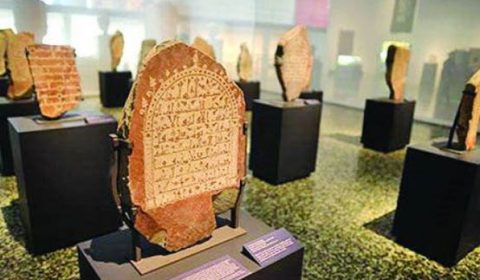The Arabic Language: Origins
Although you may find speakers of the Arabic language across the world, they predominantly live in the Middle-east and the north African region. This is quite natural as Arabic is one of the Semitic languages: a family of languages which originated in Western Asia and North Africa. Other Semitic languages which are still spoken today include Hebrew, Aramaic, and Maltese. Of these, Arabic is the most eloquent due to its flexibility and richness in vocabulary, among other things.
Linguists and historians have attempted to trace the origin of the Arabic language. There are a few different versions as to exactly how the language came about. However, it is generally accepted that the birthplace of Arabic was in what is today Yemen and Saudi Arabia. Moreover, it came about long before the birth of Prophet Isa. There is no way of confirming how far back in time the origin of this language came from.
As for the Arabic script, its birth can be attributed to the Nabataeans whose kingdom was established in the 2nd century BC. The Nabataeans had a writing system that used a cursive Aramaic-derived alphabet. Their script would eventually transform into the Arabic alphabet.
